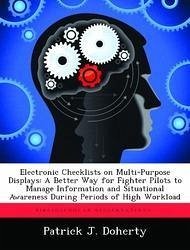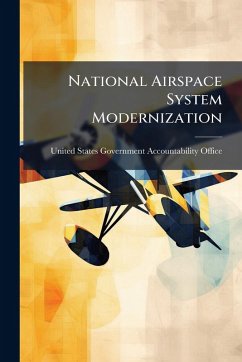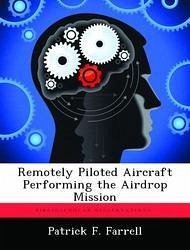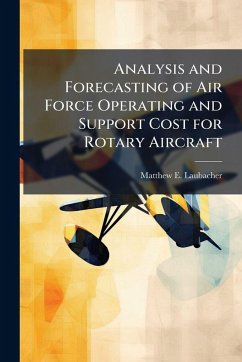
Electronic Checklists on Multi-Purpose Displays
A Better Way for Fighter Pilots to Manage Information and Situational Awareness During Periods of High Workload
Versandkostenfrei!
Versandfertig in über 4 Wochen
15,99 €
inkl. MwSt.

PAYBACK Punkte
8 °P sammeln!
After accumulating mishap data from the 1990's, accident investigations are revealing that pilot error causes approximately 80% of aviation mishaps. But, apply a bit more aggressive critical analysis into the type of human errors occurring highlight the fact that task saturation, lack of situational awareness, and checklist errors are the leading factors. Although 'stick and rudder' errors still occur due to poor piloting skills or deficiencies in training, the majority of the human errors are linked to the pilot's mental abilities. Current USAF fighters are pushing the limit of the pilot's ab...
After accumulating mishap data from the 1990's, accident investigations are revealing that pilot error causes approximately 80% of aviation mishaps. But, apply a bit more aggressive critical analysis into the type of human errors occurring highlight the fact that task saturation, lack of situational awareness, and checklist errors are the leading factors. Although 'stick and rudder' errors still occur due to poor piloting skills or deficiencies in training, the majority of the human errors are linked to the pilot's mental abilities. Current USAF fighters are pushing the limit of the pilot's ability to collect and comprehend enormous amounts of information. The cumulative effects of these technologies, which were intended to increase situational awareness and lethality, are in actuality responsible for the loss of situational awareness due to task saturation. The focus of this research will be on pilots' mental abilities and identifying known limitations within the cognitive process. But, innovative information technologies and other ergonomic efforts within the cockpit will also be looked at because it is impossible to look at the cognitive perspective in isolation. We must also look at the interaction the mind has with physical characteristics of a fighter aircraft. Renovating the vehicle in which the checklist information is communicated to pilots could be a potential solution to fight task saturation, susceptibility to spatial disorientation and overall mental errors in today's cockpit. The fundamental conclusion resulting from this research is electronic checklists and data-based information banks can optimize pilot workload, situation awareness, and improve overall air combat performance by taking advantage of new information storage capabilities. The ultimate goal is to integrate this information into the "glass cockpit" seamlessly without increasing pilot workload resulting in decreased pilot errors. Vital to the success of this endeavor is the ability to pr This work has been selected by scholars as being culturally important, and is part of the knowledge base of civilization as we know it. This work was reproduced from the original artifact, and remains as true to the original work as possible. Therefore, you will see the original copyright references, library stamps (as most of these works have been housed in our most important libraries around the world), and other notations in the work. This work is in the public domain in the United States of America, and possibly other nations. Within the United States, you may freely copy and distribute this work, as no entity (individual or corporate) has a copyright on the body of the work. As a reproduction of a historical artifact, this work may contain missing or blurred pages, poor pictures, errant marks, etc. Scholars believe, and we concur, that this work is important enough to be preserved, reproduced, and made generally available to the public. We appreciate your support of the preservation process, and thank you for being an important part of keeping this knowledge alive and relevant.












